Introduction
Meet the Greyhound, the four-legged sprinter with a heart of gold! Known for their incredible speed, these sleek canines can reach up to 45 miles per hour. That’s faster than your average car in a school zone! Once the darlings of the racetrack, Greyhounds have a history that stretches back to ancient times. They were bred for hunting, and their impressive agility and keen eyesight made them the perfect companions for noblemen on the prowl for game. But don’t let their racing pedigree fool you. When they’re off the track, Greyhounds are the quintessential couch potatoes. Picture this: a creature built for speed, yet perfectly content to lounge around the house like a furry sofa ornament. It’s like having a sports car that prefers to be parked in the garage most of the time. They trade sprinting for snoozing in a blink of an eye! Their grace is unmatched, reminiscent of a ballet dancer pirouetting across the stage. With long legs and a deep chest, they glide effortlessly, drawing admiring glances wherever they go. And let’s not forget their elegance; Greyhounds carry themselves with a regal air, as if they know they belong to the elite club of canines. But here’s the kicker: Greyhounds are as affectionate as they are speedy. They bond with their families and thrive on companionship. Their gentle, friendly demeanor makes them fantastic family pets. Imagine a dog that can sprint like the wind and still be the calmest presence at home—now that’s a winning combination! Whether you’re considering adopting a Greyhound or simply want to learn more about these fascinating dogs, you’re in for a treat. This blog will unpack their history, characteristics, and what makes them such exceptional companions. So, let’s lace up our sneakers and start this delightful journey into the world of Greyhounds!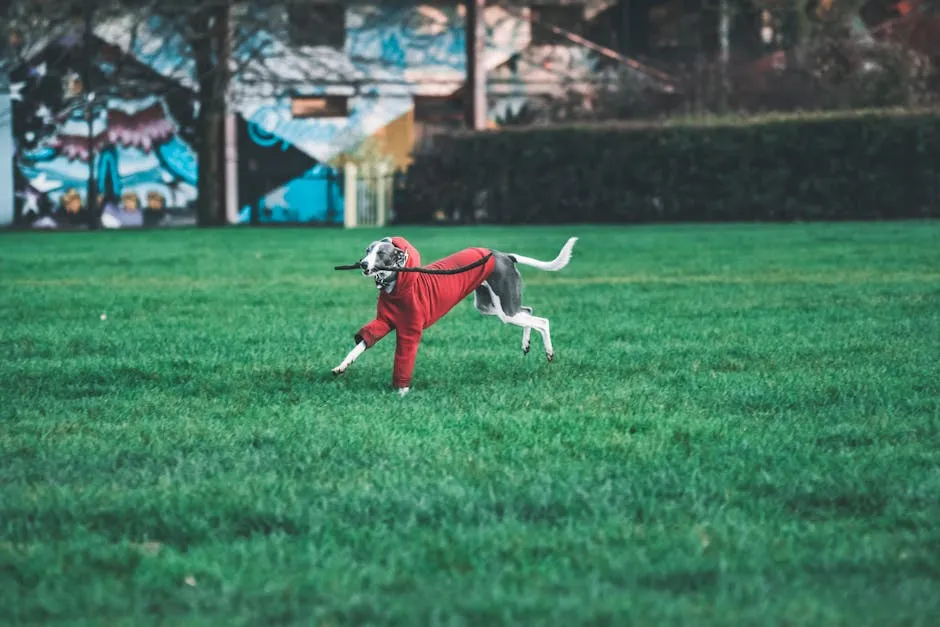
Summary
In this blog post, we’ll take a closer look at the captivating world of Greyhound dogs. We’ll start by exploring their rich history and origins, tracing back to their Celtic roots and the influence of Spanish Greyhounds. Next, we’ll dive into their physical characteristics, highlighting their athletic build and stunning array of coat colors. We’ll also discuss their temperament and suitability as family pets, showcasing their gentle nature and adaptability. Additionally, we’ll touch on health considerations and care tips to ensure your Greyhound remains happy and healthy. Through this blog, you’ll discover why Greyhounds are not only remarkable athletes but also loving companions. Stay tuned for an engaging and informative exploration of this incredible breed!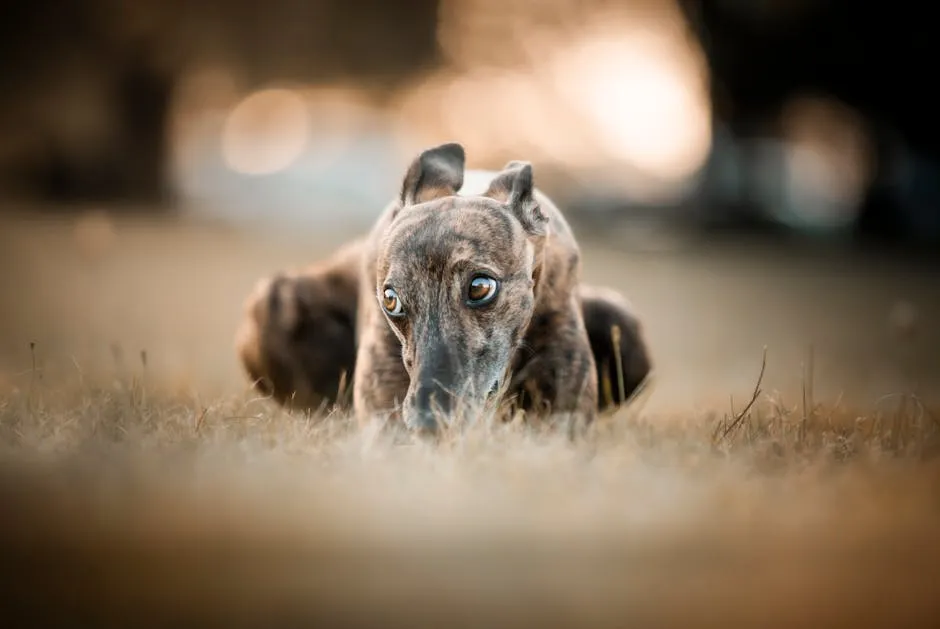
Cultural Significance
Greyhounds have trotted their way into the hearts of many cultures throughout history. From their humble beginnings as hunting companions to their stardom in modern media, these dogs have left their paw prints everywhere. In ancient Egypt, the Greyhound was revered and often depicted in art alongside pharaohs. They were symbols of grace and nobility, showcasing the elite status of their owners. Fast forward to contemporary times, and Greyhounds have found their place in popular culture. From movies to literature, these sleek canines have captured imaginations. Who could forget the charming Greyhound in “The Incredible Journey“? They embody loyalty and adventure, reminding us of the bond between humans and dogs. In the world of sports, Greyhounds have become synonymous with racing. Their speed and agility make them stars on the track, celebrated in events like the Greyhound Derby. However, their cultural significance goes beyond just racing. Greyhounds are often seen as symbols of freedom and elegance, embodying the spirit of endurance and grace. In various societies, the Greyhound also represents companionship and affection. Their gentle nature and loving demeanor make them ideal family pets. People often remark on their calming presence, making them excellent therapy dogs, bringing joy and comfort to those in need. In essence, the Greyhound’s cultural significance is a blend of athletic prowess and heartfelt companionship. They remind us that beneath their speedy exterior lies a tender heart, making them cherished members of many families and communities across the globe.Understanding the unique behavior of Greyhounds can enhance the bond with your pet. Learn more about understanding and managing food guarding behavior in dogs.
Physical Characteristics
Size and Build
Greyhounds are not just fast; they’re built for speed! Males typically stand between 28 to 30 inches tall, while females range from 26 to 28 inches. In terms of weight, males usually tip the scales at 65 to 70 pounds, while females weigh about 50 to 65 pounds. Their athletic bodies boast a deep chest and long legs, giving them that iconic streamlined look. Imagine a supermodel, but with a wagging tail! When it comes to keeping your Greyhound comfortable, investing in a high-quality Dog Bed for Greyhounds is essential. These beds provide the support they need for their long bodies, ensuring they get a good night’s sleep after a day of racing or lounging.
Coat Colors and Patterns
One of the joys of Greyhounds is their stunning variety of coat colors. They can sport shades like black, fawn, brindle, and even blue! Some have unique markings, such as spots or patches, that add to their charm. Each Greyhound is like a work of art, flaunting a coat that reflects their personality.
Unique Health Traits
Greyhounds come with some unique health traits worth noting. Their blood values differ significantly from other breeds, making them a bit of an enigma. For instance, their protein and thyroid hormone levels can throw off standard veterinary tests, leading to confusion. Always consult a vet familiar with Greyhound specifics! Another fascinating aspect is the “Greysperre” condition. This syndrome occurs under strenuous exercise, especially if hydration is lacking. Symptoms include a stiff gait and dark urine. If you notice these signs, it’s time to call the vet faster than your Greyhound can finish a treat!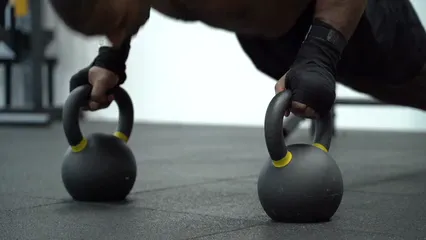
Temperament and Behavior
General Temperament
Greyhounds are the gentle giants of the dog world. Known for their friendly and affectionate nature, they thrive on human companionship. They’re like the calm friend who can chill out during a wild party, bringing a sense of peace to any household. To keep your Greyhound mentally stimulated, consider an Interactive Dog Puzzle Toy. These toys challenge their minds and keep them engaged, preventing boredom and destructive behaviors.
Socialization Needs
Socialization is crucial for Greyhounds. They benefit from early exposure to different people, pets, and environments. A well-socialized Greyhound is a confident, happy dog. Without it, they may become timid or anxious. So, let your Greyhound mingle; they’ll thank you with wagging tails and soft nudges!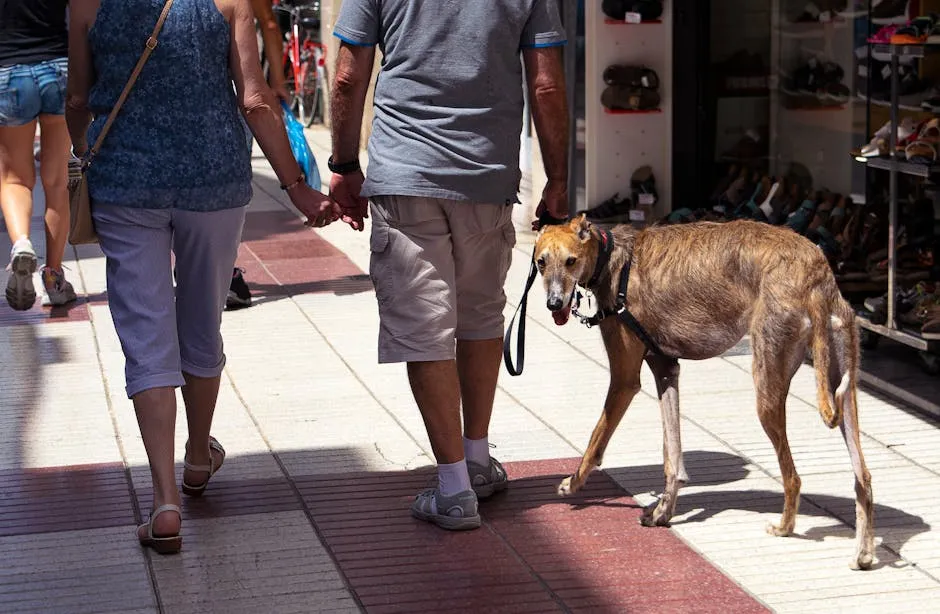
Living with Greyhounds
Living with a Greyhound is like having a laid-back roommate. They adapt well to family life and often enjoy the company of children and other pets. Their calm demeanor makes them perfect for busy households. Just watch out for their racing instincts when they spot a squirrel; those long legs can spring into action faster than you can say “fetch!” In summary, these elegant dogs offer a blend of speed and serenity, making them wonderful companions for families and individuals alike. If you’re looking for a way to keep your Greyhound stylish, check out this Greyhound Adoption T-Shirt. It’s a fun way to show off your love for this incredible breed!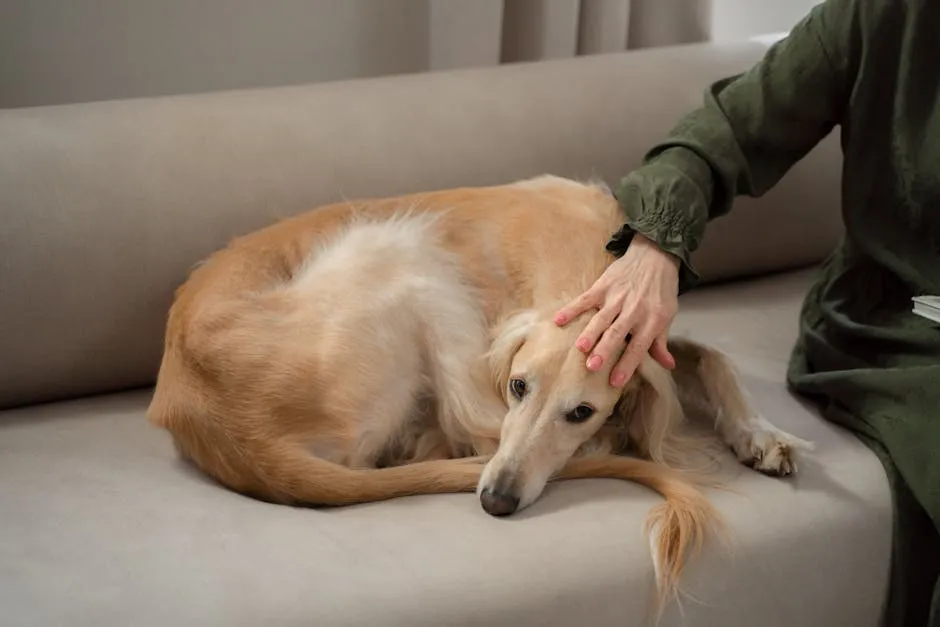
Care and Training
Exercise Requirements
Greyhounds might seem like the ultimate couch potatoes, but don’t let that fool you! These elegant pups require a solid amount of exercise to stay fit and happy. Ideally, they need at least an hour of exercise each day. This can include walks, playtime in a securely fenced area, or even a good romp at the local dog park. But it’s not just about physical exercise. Mental stimulation is equally important. Greyhounds are smart cookies! Engage their brains with puzzle toys or training sessions. You’ll be amazed at how quickly they pick up new tricks. Remember, a tired Greyhound is a happy Greyhound!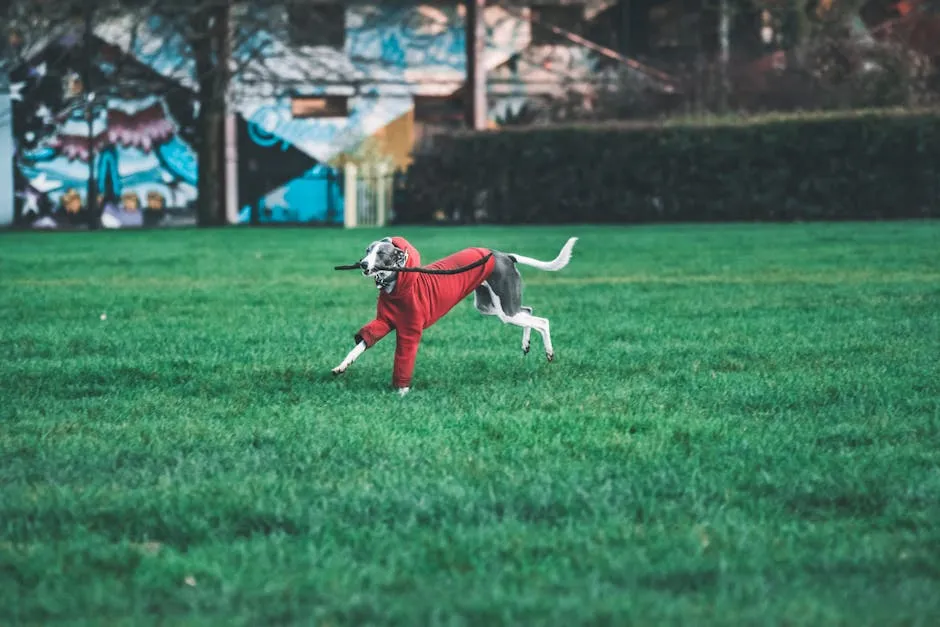
Training Tips
Training a Greyhound can be a rewarding experience. These dogs respond well to positive reinforcement, which is basically doggy speak for “treats and praise.” Use high-value treats to motivate them during training sessions. Consistency is key here, so keep commands short and sweet—think “sit,” “stay,” and “come.” Socialization is also crucial. Introduce your Greyhound to various environments, people, and other pets. This helps them become well-adjusted and confident. And don’t underestimate the power of playtime. A little fun can go a long way in reinforcing training and building a strong bond. Speaking of treats, consider using a Dog Treats for Training to keep their motivation high during sessions.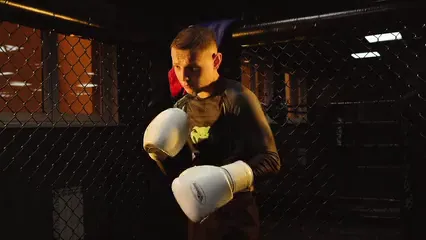
Nutrition
When it comes to feeding your Greyhound, quality matters. Their dietary needs vary by life stage. Puppies require a diet rich in protein and calories to support their rapid growth. Look for puppy food with high-quality ingredients and essential nutrients. As they grow into adults, a balanced diet of high-quality dog food will keep them in tip-top shape. Adult Greyhounds typically thrive on food rich in protein and healthy fats. For seniors, opt for a diet lower in calories but still packed with essential nutrients to maintain their health as they age. Always consult your vet about specific dietary needs, especially if your Greyhound has any health conditions. Remember, a well-fed dog is a happy dog! To keep their feeding area neat, consider investing in Dog Bowls with Non-Slip Base.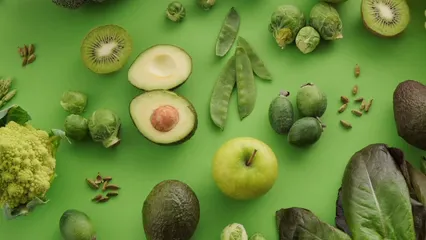
Health Considerations
Greyhounds are generally healthy, but they can be prone to specific health issues. Common concerns include hip dysplasia, bloat, and heart conditions. Regular vet check-ups are essential for early detection and prevention. Another unique aspect of Greyhound health is their diverse blood values. Their protein and thyroid hormone levels often differ from other breeds, which can lead to misdiagnosis if a vet isn’t familiar with the breed. Keep an eye out for signs of “Greysperre,” a condition that can occur under strenuous exercise, particularly when hydration is low. Symptoms include a stiff gait and dark urine. If you notice these signs, it’s time to call the vet. Preventive care is vital. Regular vaccinations, dental care, and parasite control will help keep your Greyhound healthy and thriving. A little extra care goes a long way in ensuring your furry friend stays by your side for years to come.
Adoption and Rescue
Greyhound Racing Industry
The Greyhound racing industry has a complicated history. While these dogs are celebrated for their speed, the realities of racing can be grim. Many retired racers find themselves in need of loving homes once their racing careers conclude. This makes adoption all the more critical. By adopting a retired racing Greyhound, you provide a second chance for these gentle souls, allowing them to transition from the track to a loving family life. If you’re considering adopting, ensure you have a Pet First Aid Kit on hand. It’s always good to be prepared for any unexpected situations with your new furry friend!
Finding a Greyhound
Looking to adopt a Greyhound? Start by researching reputable rescue organizations or adoption centers. Websites like the Greyhound Project or local rescue groups can connect you with available dogs. Always ask about the dog’s history and temperament to ensure a good match for your home. Consider attending adoption events. Meeting Greyhounds in person allows you to gauge their personalities and find the perfect fit for your family. Remember, patience is key. Finding the right furry companion is a journey worth taking!Training is essential for a successful adoption experience. Check out these dog training tips for adopting a rescue dog with anxiety.
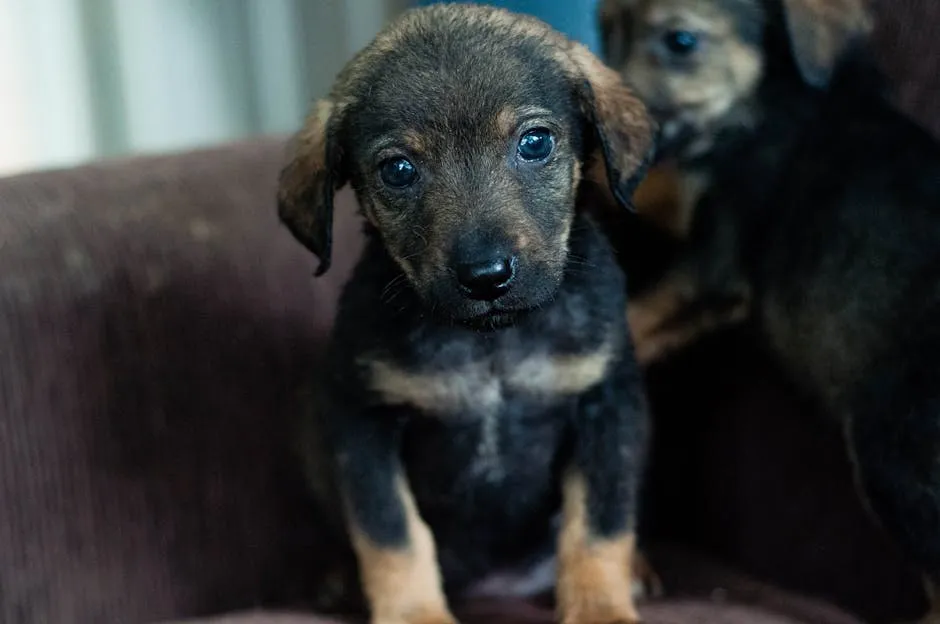
Transitioning to Home Life
Helping a retired racing Greyhound adjust to home life can be a smooth process with a little preparation. Start by creating a cozy space for them to relax. They might appreciate a soft bed and some quiet time to decompress. A Dog Blanket for Couches can help keep your furniture safe while providing warmth and comfort for your new friend. Establish a routine. Greyhounds thrive on consistency, so set regular feeding and walking times. Gradually introduce them to household sounds and activities. Some may initially be skittish, but with love and patience, they’ll blossom into confident companions. Encourage gentle play and interaction. Slowly expose them to new experiences, like car rides or visits to the park. Socialization is essential, so take the time to help them meet other dogs and people. With understanding and care, your retired racing Greyhound will soon feel right at home, ready to trade the racetrack for the couch!Conclusion
In wrapping up our exploration of the Greyhound, one thing stands out: these dogs are the perfect blend of speed and serenity. Their racing history is impressive, but it’s their gentle nature that truly shines when they transition to family life. Greyhounds are not just athletes; they are affectionate companions ready to bring joy to any household. With their calm demeanor, they fit seamlessly into family dynamics. Whether it’s snuggling on the couch after a long day or engaging in playful antics with children, Greyhounds thrive on companionship. Their adaptability makes them suitable for various living situations, from spacious homes to cozy apartments. So, if you’re considering adding a furry friend to your family, why not give a Greyhound a chance? These gentle giants are looking for loving homes where they can retire from racing and embrace the joys of domestic life. Adopting a Greyhound means welcoming a loyal, loving pet that will undoubtedly enrich your life. Your next best friend might just be a sleek, speedy Greyhound waiting for a forever home. And for those long walks, a good Dog Leash with Reflective Strip will keep you both safe during your evening strolls!FAQs
Are Greyhounds good family pets?
Absolutely! Greyhounds are known for their gentle and friendly nature. They adapt well to family life, making them excellent companions for both kids and adults. Their calm demeanor means they can balance playtime with quiet moments on the couch, creating a harmonious home environment.
How much exercise do Greyhounds need?
Greyhounds enjoy a moderate amount of exercise. Aim for at least an hour of activity each day. This can be achieved through walks, playtime in the yard, or trips to the dog park. While they love to sprint, they also appreciate downtime to recharge.
What health issues are common in Greyhounds?
Like all breeds, Greyhounds can face health concerns. Common issues include hip dysplasia, bloat, and heart conditions. Regular vet visits and a healthy diet can help prevent these problems. Always consult with a vet familiar with Greyhound health specifics.
Can Greyhounds live in apartments?
Yes! Greyhounds can adapt to apartment living quite well. Their calm nature means they don’t require vast spaces to roam. Just ensure they get their daily exercise and have a cozy spot to relax.
What is the average lifespan of a Greyhound?
Greyhounds typically live between 10 to 14 years. Factors like genetics, diet, and regular veterinary care can influence their lifespan. With proper care, your Greyhound can be a loving companion for many years.
History of the Greyhound
Origins
The story of the Greyhound begins long ago, when Celtic tribes brought their ancestors to Britain around the fourth century BC. These graceful hounds were bred for one purpose: speed. They became beloved companions for noble families, assisting in hunting small game. The breed further evolved when Spanish Greyhounds were introduced, enhancing their agility and grace. This mix resulted in the sleek and powerful Greyhound we admire today. Historically, Greyhounds were not just racing dogs. They were skilled hunters, used to chase down hares and other small creatures. Their exceptional eyesight made them invaluable in the field. Even in modern times, Greyhounds participate in coursing events, showcasing their natural instincts and speed.
Evolution
As time marched on, the Greyhound transitioned from hunting to racing. By the 20th century, the breed had found its calling on racetracks, capturing the hearts of spectators. Their speed is legendary; they can reach impressive speeds of up to 45 miles per hour! Racing became a popular sport, and Greyhounds became stars, earning fame and fortune. However, the racing industry has a dark side. Many retired racers find themselves in need of new homes once their racing days are over. Fortunately, numerous organizations work tirelessly to rescue and rehabilitate these dogs, helping them transition into loving family pets.
Cultural Significance
Greyhounds have woven themselves into the fabric of various cultures. In ancient Egypt, they were depicted in art and revered for their elegance. Pharaohs kept Greyhounds as symbols of status and nobility, showcasing their grace and beauty. Fast forward to today, and Greyhounds have become iconic in film and literature. Remember the charming Greyhound in “The Incredible Journey“? They embody loyalty, adventure, and the special bond between humans and dogs. Beyond their representation in media, Greyhounds symbolize freedom and elegance. Their sleek bodies and graceful movements remind us of both their athletic prowess and their gentle nature. As therapy dogs, they bring comfort and companionship to those in need, proving that beneath their speedy exterior lies a tender heart. In conclusion, the Greyhound’s history is a tapestry of speed, grace, and companionship. From noble hunters to beloved family pets, they have left an indelible mark on our hearts and cultures. Their journey is a testament to the enduring bond between humans and dogs, showcasing the remarkable qualities that make Greyhounds truly special.Please let us know what you think about our content by leaving a comment down below!
Thank you for reading till here 🙂
All images from Pexels





